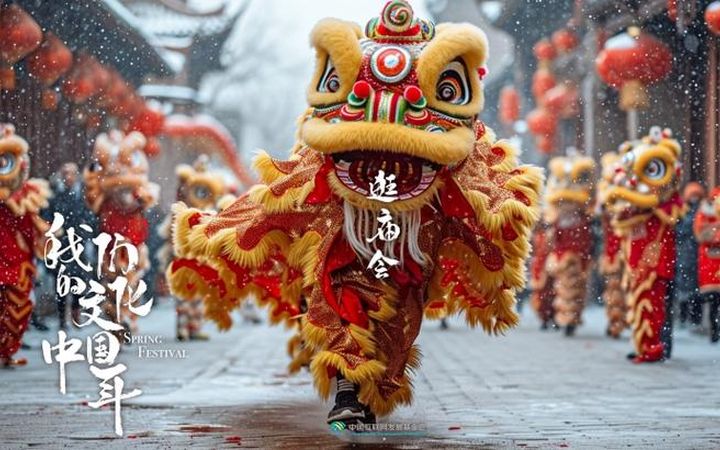China, a land of ancient traditions and modern marvels, boasts a culture that is as diverse as it is fascinating. While many are familiar with the Great Wall, pandas, and Kung Fu, there are numerous aspects of Chinese culture that remain lesser-known to the outside world. In this article, we delve into five intriguing elements that offer a deeper understanding of China’s rich heritage.
1. The Concept of “Face” in Chinese Society
“Face” (面子, miànzi) is a fundamental concept in Chinese culture, representing a person’s reputation, dignity, and social standing. Maintaining “face” is crucial in social interactions, as it influences relationships and societal harmony. Losing “face” can be detrimental, leading to embarrassment and a loss of respect. Understanding this concept is essential for navigating Chinese social dynamics and building meaningful connections.
2. The Importance of Family and Ancestry
Family holds a central place in Chinese culture, with a strong emphasis on filial piety and respect for elders. Ancestral worship is a common practice, reflecting the deep reverence for one’s lineage. Family gatherings during festivals and special occasions reinforce these bonds, highlighting the collective over the individual. This focus on family extends to the broader community, where relationships are often prioritized over personal gain.
3. The Symbolism of Colors in Chinese Culture
Colors in Chinese culture carry profound symbolic meanings, often rooted in historical and philosophical contexts. Red, symbolizing good fortune and joy, is prominently featured in celebrations like the Chinese New Year. White, associated with mourning and funerals, represents purity and the afterlife. Yellow, once reserved for the emperor, signifies power and royalty. Understanding these color symbols enriches the appreciation of Chinese art, fashion, and traditions.
4. The Role of Food in Chinese Traditions
Food is more than sustenance in Chinese culture; it is a medium for expressing care, fostering relationships, and celebrating life’s milestones. The Chinese culinary tradition is vast and varied, with regional cuisines offering a plethora of flavors and techniques. Festive foods, such as dumplings during the Spring Festival and mooncakes during the Mid-Autumn Festival, carry cultural significance and are integral to the celebrations. The communal aspect of dining, with shared dishes and round tables, underscores the importance of togetherness.
5. The Influence of Chinese Philosophy on Daily Life
Chinese philosophy, particularly Confucianism, Taoism, and Buddhism, has profoundly shaped the values and behaviors of Chinese society. Confucian principles of harmony, respect, and moral integrity guide interpersonal relationships and social conduct. Taoist beliefs in balance and natural order influence practices like Feng Shui and traditional Chinese medicine. Buddhist teachings on compassion and karma resonate in the ethical and spiritual lives of many Chinese people. These philosophical underpinnings continue to influence contemporary Chinese culture and worldview.
Chinese culture is a tapestry woven with threads of history, philosophy, and tradition. By exploring these five lesser-known aspects, we gain a deeper appreciation for the complexity and richness of China’s cultural heritage. Whether it’s the nuanced concept of “face,” the deep-rooted importance of family, the symbolic use of colors, the central role of food, or the enduring influence of philosophy, each element offers a unique window into the Chinese way of life. As we continue to engage with and learn from different cultures, we enrich our own perspectives and foster greater global understanding.